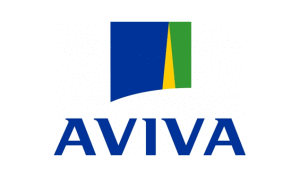Laser cataract surgery – is it worth it?
Conventional cataract surgery has come a long way since the first records of cataract removal in 2000 BC. To get to know more about the history of cataract, please read my blog post: The history of cataract surgery.
Cataract surgery is one of the most successful operations performed in medicine today with excellent outcomes and a low risk of complications.
This has not stopped eye doctors looking for better ways to improve the steps of cataract surgery. The latest innovation that has been applied to cataract surgery is the use of femtosecond laser to improve certain surgical steps. This is known as femtosecond laser assisted cataract surgery. There are many types of laser used in ophthalmology and it can be confusing which lasers are used for which eye conditions – my article here explains the different types: So what do you think of this laser eye surgery, doc?
The femtosecond laser is mainly used in refractive laser eye surgery to correct people with long or short sightedness but recently its use has been extended to three specific steps of cataract surgery:
3 Steps in laser cataract surgery
Cases for and against Laser Cataract Surgery
The only way I can tell you whether laser cataract surgery is worth it for you is to assess your specific needs and perform a full examination of your eyes at my practice in London.
So we go back to the question of ‘is laser cataract surgery worth it?’
At this point time there is a significant additional cost to the patient in using femtosecond laser for cataract surgery – this can be up to an additional £1200 on top of your price of routine private cataract surgery.
Why is this so expensive? Unfortunately the cost of buying the laser is fairly expensive and that cost often gets passed on to the patient.
At this point in time, I would say that conventional private cataract surgery is excellent in the hands of an experienced eye surgeon and that using the femtosecond laser in the three steps of cataract surgery described above may not warrant that extra cost yet in every patient.
Once we have the results of the studies that fully evaluate the benefits of femtosecond laser assisted cataract surgery, we may be in a position to say whether is definitely better and which type of patient will especially benefit.
Remember you are unique and each patient’s requirements are different.
Is laser cataract surgery worth it?
Not in everyone yet.
We are registered with the major health insurance providers
Share this page with loved ones
If you’re seeking private cataract surgery in London, contact us to schedule a free telephone consultation with Jaheed Khan by using the form at bottom right of this page.








